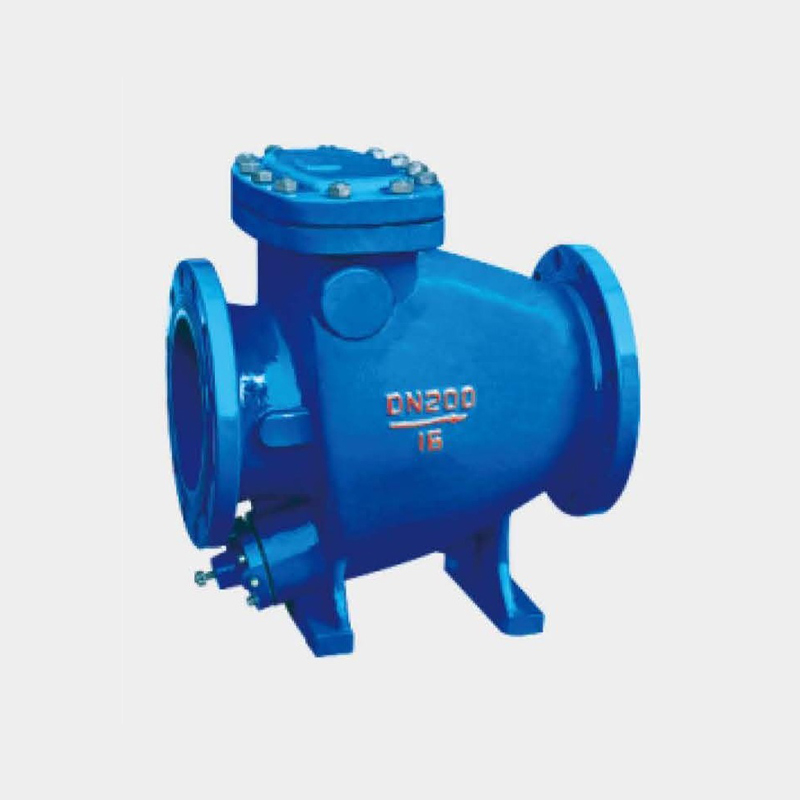The Check Valve consists of a pneumatic actuator and a Check Valve. The Check Valve opens and closes according to the circular butterfly plate that rotates on the valve axis, and the air valve that makes the operation effective is mainly used as a stop valve. In addition, it is designed to have both adjustment and segment valve adjustment functions. Nowadays, the use of Check Valve in low-pressure large and medium-diameter pipelines has increased.

The working principle of the Check Valve: The butterfly plate of the Check Valve is installed in the diameter direction of the pipe. In the cylindrical channel of the Check Valve disc, the disc-shaped butterfly plate rotates around the axis with a rotation angle between 0° and 90°. When it rotates to 90°, the
Universal Valve is in a fully open state. The Check Valve has a simple structure, small size and light weight, and is composed of several parts. In addition, it can be turned on and off at high speed by rotating 90°, which is easy to operate. At the same time, the Universal Valve has good fluid control characteristics. When the Check Valve is in the fully open position, the thickness of the butterfly plate is the only resistance to flow through the valve body, so the pressure drop across the valve is smaller and therefore has better flow control characteristics. The Check Valve has a bullet seal and a metal seal. Elastic sealing valves and sealing rings can be installed around the valve body or butterfly plate.
Maintenance and debugging of Check Valve: Clean the surface of the cylinder and add oil to the circlip of the cylinder shaft. Open the cylinder end cover regularly every 6 months to check whether there is any debris and moisture in the cylinder, as well as the condition of the grease. If the grease is missing or has dried out, the cylinder needs to be disassembled for comprehensive maintenance and cleaning before adding more grease.
Cylinder block disassembly and assembly methods and precautions: First remove the cylinder from the valve body, first remove the two end covers of the cylinder, be sure to pay attention to the direction of the piston rack when removing the piston, and then use external force to rotate the cylinder shaft clockwise. Run the piston to the outermost position, then slowly vent the valve hole, and use air pressure to gently push out the piston. However, you must pay attention to venting slowly in this method, otherwise the piston will suddenly spurt out, which is a bit dangerous. Then remove the circlip on the cylinder shaft. Once removed, the cylinder shaft can be taken out from the other end. Then you can clean and grease each component. The parts that need to be greased are: cylinder inner wall and piston sealing ring, rack and back ring piece, as well as gear shaft and sealing ring. After adding grease, install it in the reverse order of disassembly and parts. Be sure to pay attention to the position of the gear rack and ensure that the piston is retracted when the valve is in the open position. In the innermost position, the upper groove of the gear shaft is parallel to the cylinder block. In the valve closing position, that is, when the piston extends to the outermost position, the upper groove of the gear shaft is perpendicular to the cylinder block.



